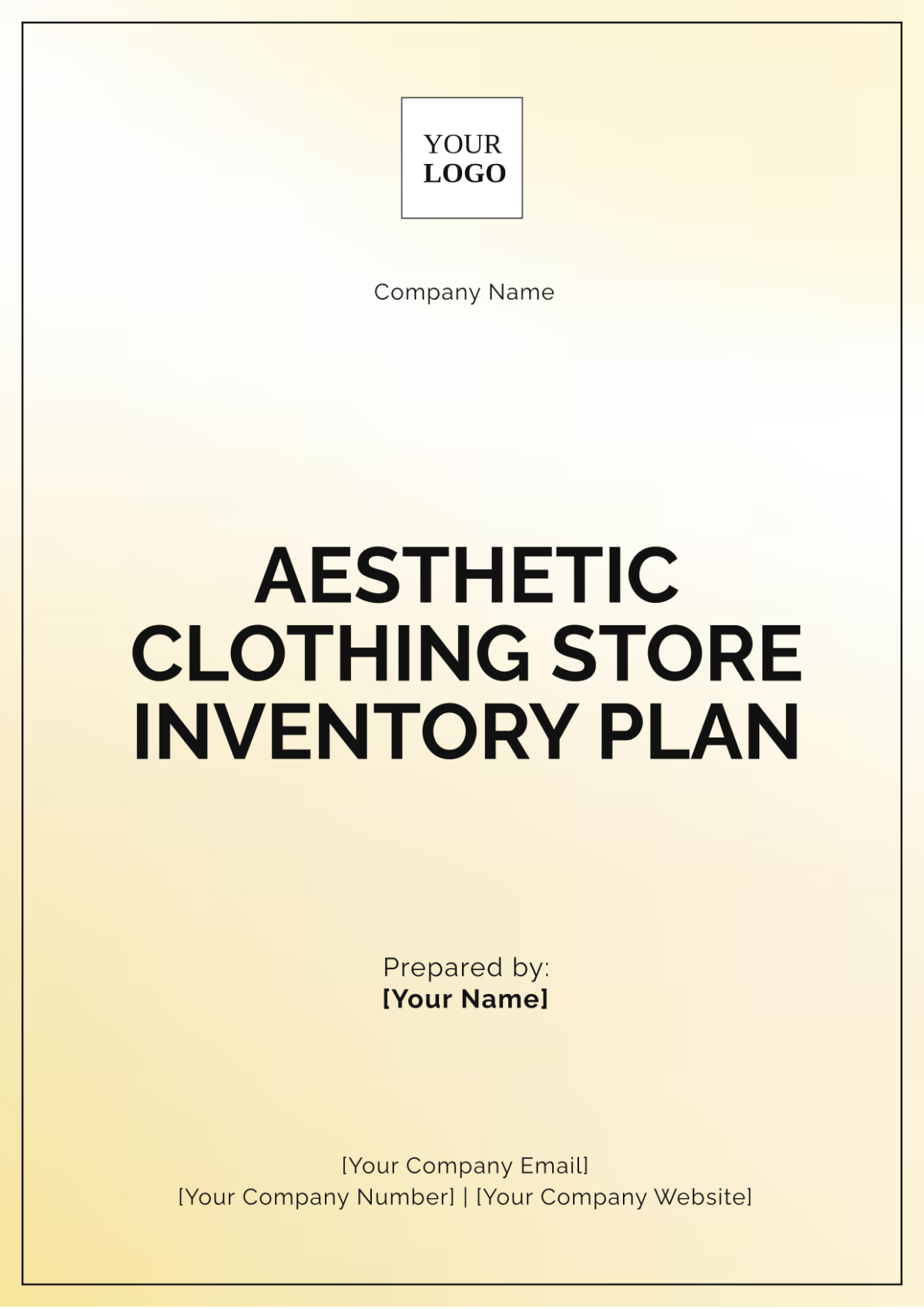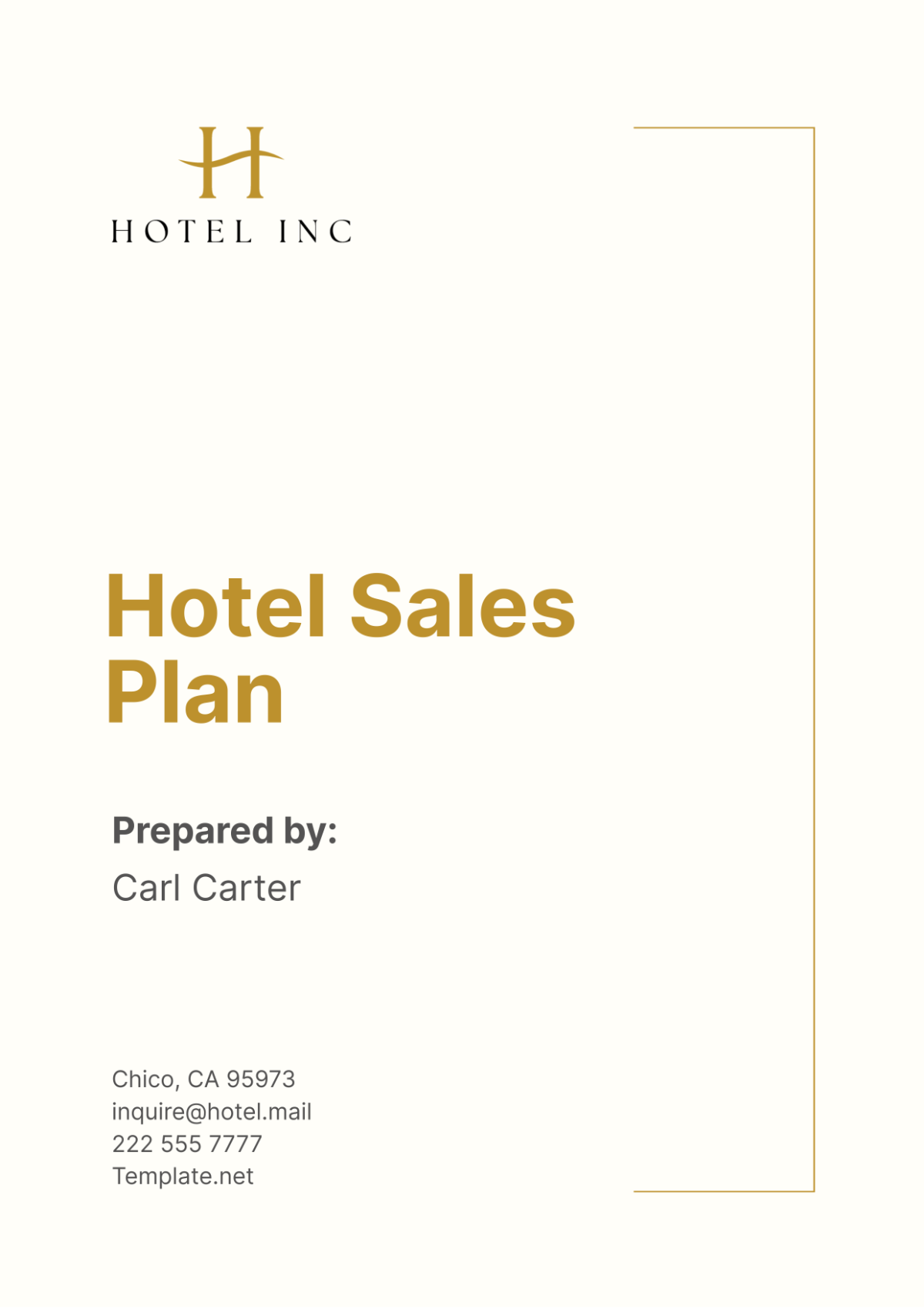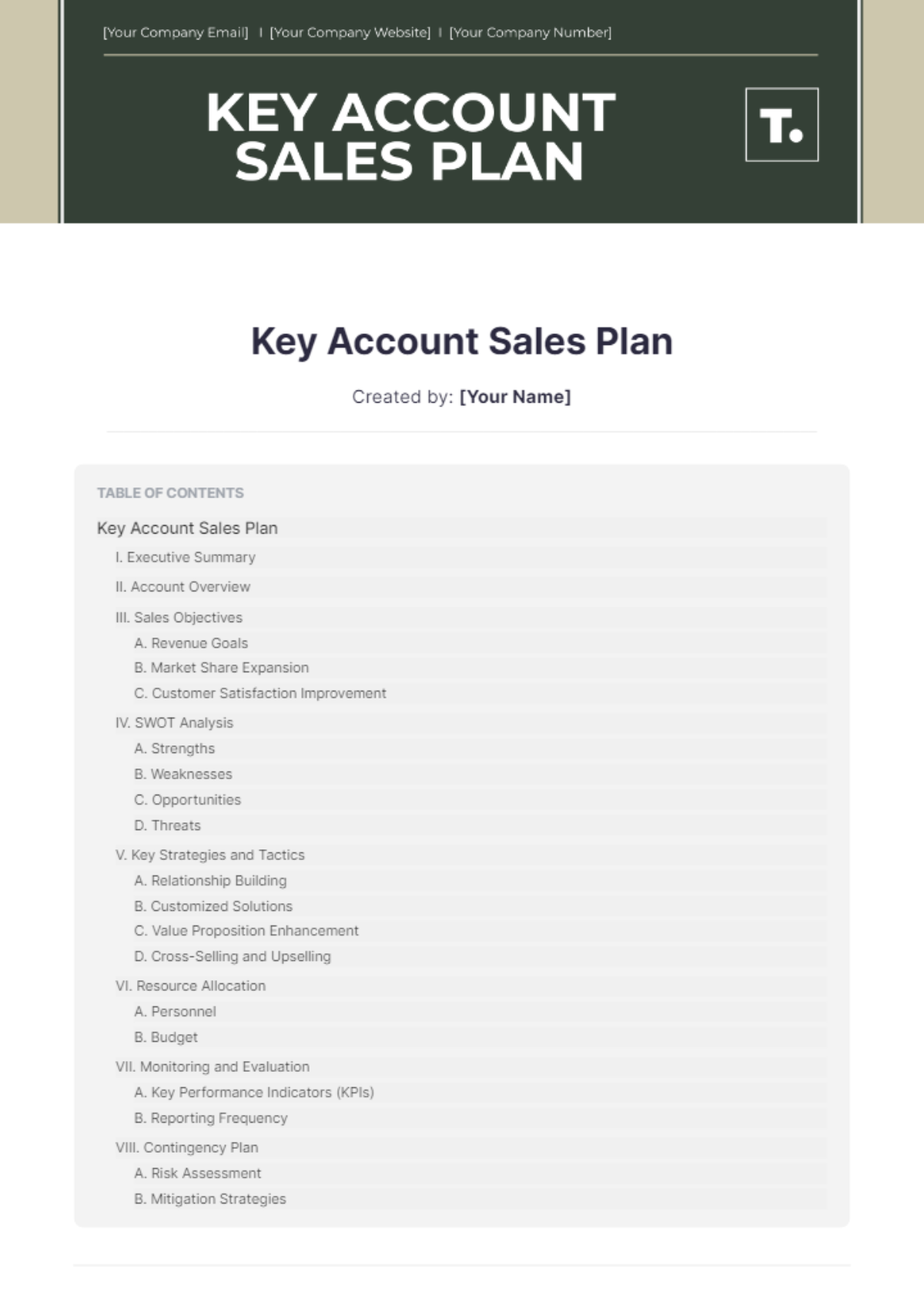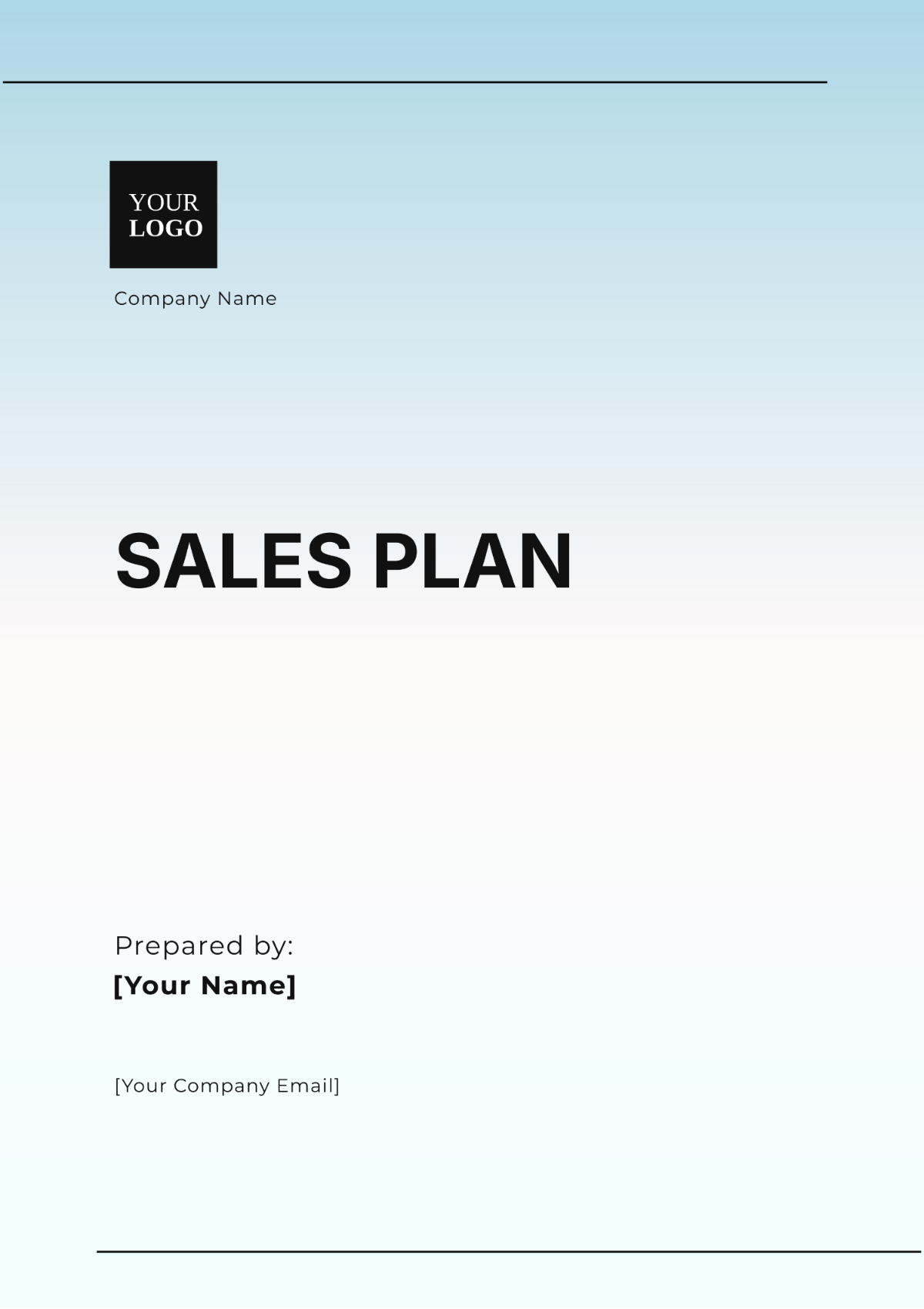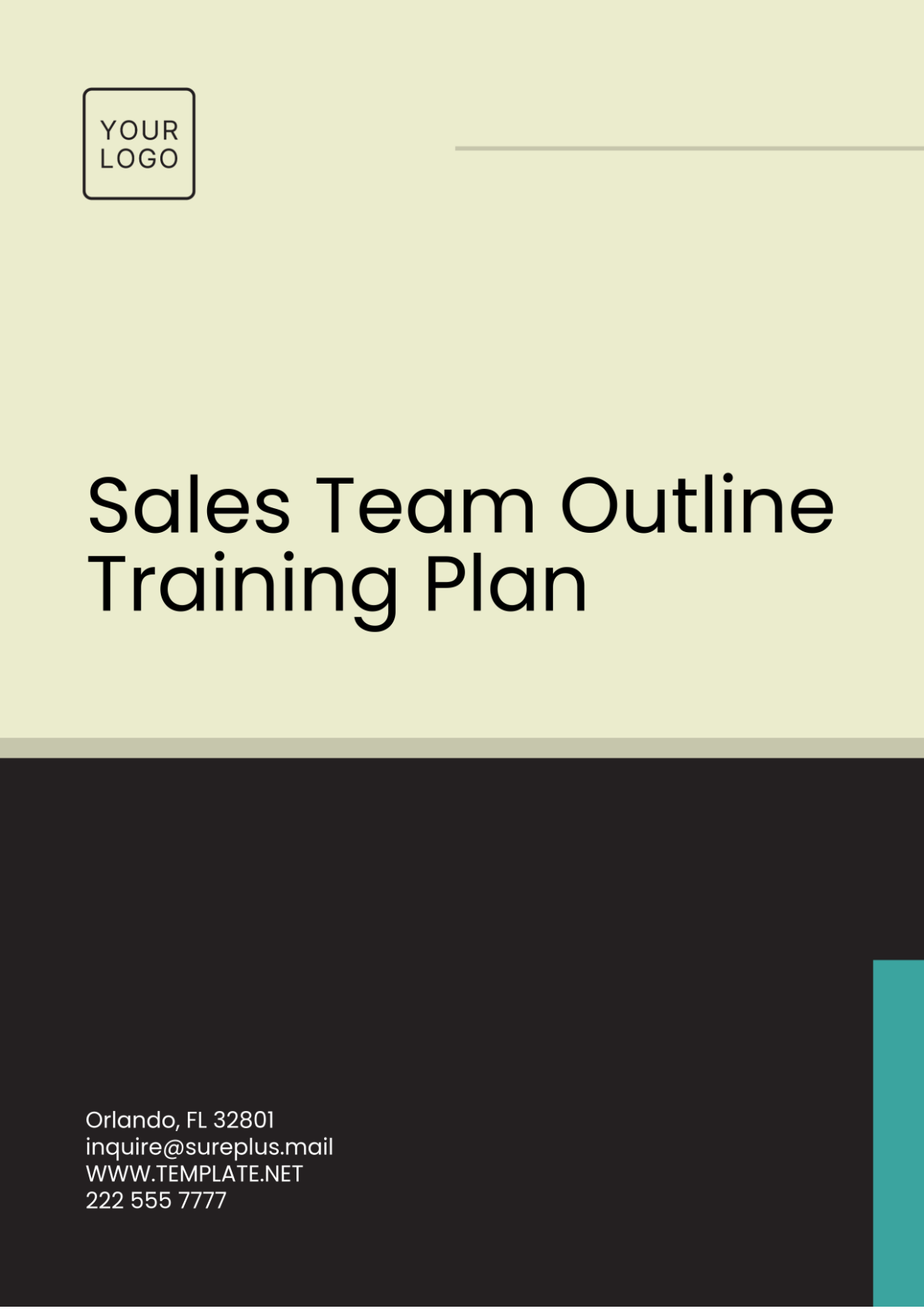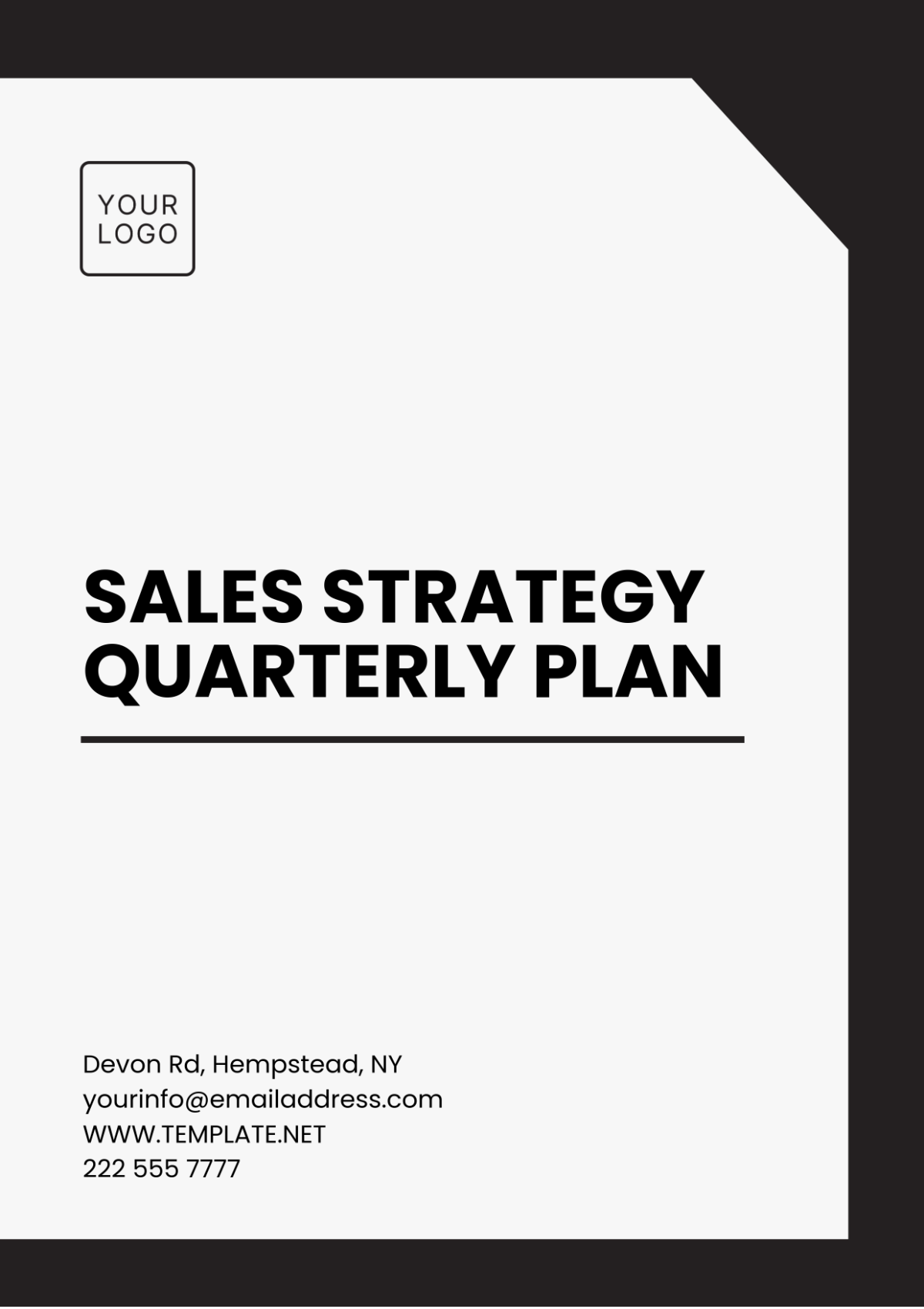Free Sales Case Study on Successful Incentive Plans
Showcase your incentive success stories with our Sales Case Study on Successful Incentive Plans Template available here at Template.net. This flexible and editable template, customizable in our AI Editor Tool, allows for a detailed presentation of your most effective incentive plans, serving as a valuable resource for best practices and insights.



